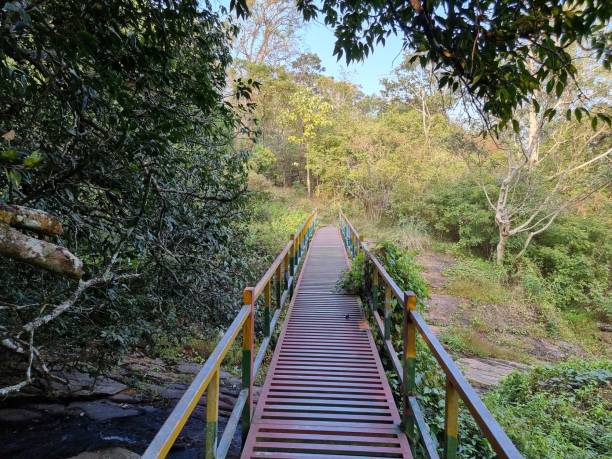A Freedom of Information request submitted by NCE has revealed utility companies spent nearly £7M renting roads to conduct maintenance works last year. The data was taken from a Transport for London (TfL) document detailing all the funds the body had received between April 2022 to March 2023 under the TfL Lane Rental Scheme (TLRS). In total, across the year, Tell was able to recoup a total of £10.4M, 65%, of which was paid out by utility companies for what is referred to in the document as “utility repair and maintenance works” or “utility asset works”. Across the year, roads or lanes were rented out for a total of 5,451 days by utility companies for these works and on average the lane rentals lasted five days. The average cost per rental For the entire TLRS from April 2022 to March 2023, there were 8,818 days of lanes being rented with the average duration of the rentals being six days. Of the utility companies, Thames Water was the biggest spender, renting lanes for a total of 2,438 days at a cost of £3M. The costliest of these was to conduct works to repair a leak on a main flowing over the footway on Roehampton Vale which cost the water company £64,500 and lasted 43 days. The longest rental lasted 100 days and cost £55,000 on Westshore Avenue in Eltham. Other interesting charges to Thames Water include a 47-day rental of a section of Shore ditch High Street to excavate and repair a collapsed sewer which cost £47,000. A Thames Water spokesperson said: “Lane rental is an enabling cost that must be paid so we can undertake our work to upgrade pipes and fix leaks in specific locations. “Reducing leakage is one of our most important priorities but sometimes this means fixing pipes on busy roads in the capital and we recognize this can be disruptive to our customers and road users. “By investing in new technology to replace these pipes, some of which are from the Victorian and Edwardian eras, we can help reduce the impact of our roadworks and ensure we protect London’s water supply for future generations.”

UK Power Networks Also Incurred Significant Charges.
forking out £935,925 over the year. The most expensive of these was for the essential repair of the extra high voltage electricity network on Marylebone Road which lasted 19 days and cost £47,000. A TfL statement said: “We have successfully operated TLRS since 2012 and the current scheme applies to the most traffic-sensitive locations and times of day across 69% of the TfL Road Network (TLRN) and encourages behavior change and reduces highway occupation by applying a daily charge. “In 2021, the government approved our application to make our scheme more progressive by introducing additional measures to encourage positive behavior change, mitigate disruption even further and build on the successes of the previous scheme. “Benefits of the new scheme include greater flexibility on working times to enable the avoidance of charges, discounts for undertaking major infrastructure works, rewarding exemplary performance by offering substantial discounts where companies demonstrate increased Lane Rental charge avoidance and high standards for roadworks safety, compliance and workmanship. “Footway charging was also introduced outside the busiest transport hubs to safeguard the movement of active travelers.” Tell also charges itself as part of the TLRS when it needs to carry out works on its road network. Across the period, TfL spent £2.5M and rented its own lanes for a total of 2,514 days, with the lane rentals lasting on average 17 days. The longest and most expensive of these was for highway improvement works and carriageway widening at the Blackwall Tunnel Southern Approach which cost £126,825 for a total of 89 days. The second most expensive cost nearly half of this at £65,000 and consisted of the removal of cycle stands, the installation of draw pits and a new concrete wall to create vegetative area at Goodman’s Yard. It lasted 26 days. A statement from TfL said: “Our intention is to minimise all disruptive occupation of the critical parts of the TLRN, as such we apply the same lane rental charge to our own works as we do to statutory undertaker works.”

Steelworks UK, The Only Cross-Sector Trade Association.
representing gas, electricity, water, sewage and telecommunications utility companies, believes the Lane Rental Scheme delay essential infrastructure upgrades. In 2021, Steelworks UK chief executive Clive Bairstow said: “Infrastructure projects to help future-proof the UK economy, such as super-fast broadband and upgrades to the electricity networks to allow for increased electric car usage, will all require street works. That is because these pipes and wires mostly run quietly under our nation’s roads in a complex web of hidden connectivity. “As a result, poorly thought-out Lane Rental schemes will add costs, skew well-thought-through plans, and obstruct in such a way that they could be a significant drag on upgrading Britain’s towns and cities, slowing down progress and adding additional unnecessary cost burdens.” The TLRS was introduced in June 2012. The daily charge is not applied if the works take place outside traffic-sensitive times.


Recent Comments